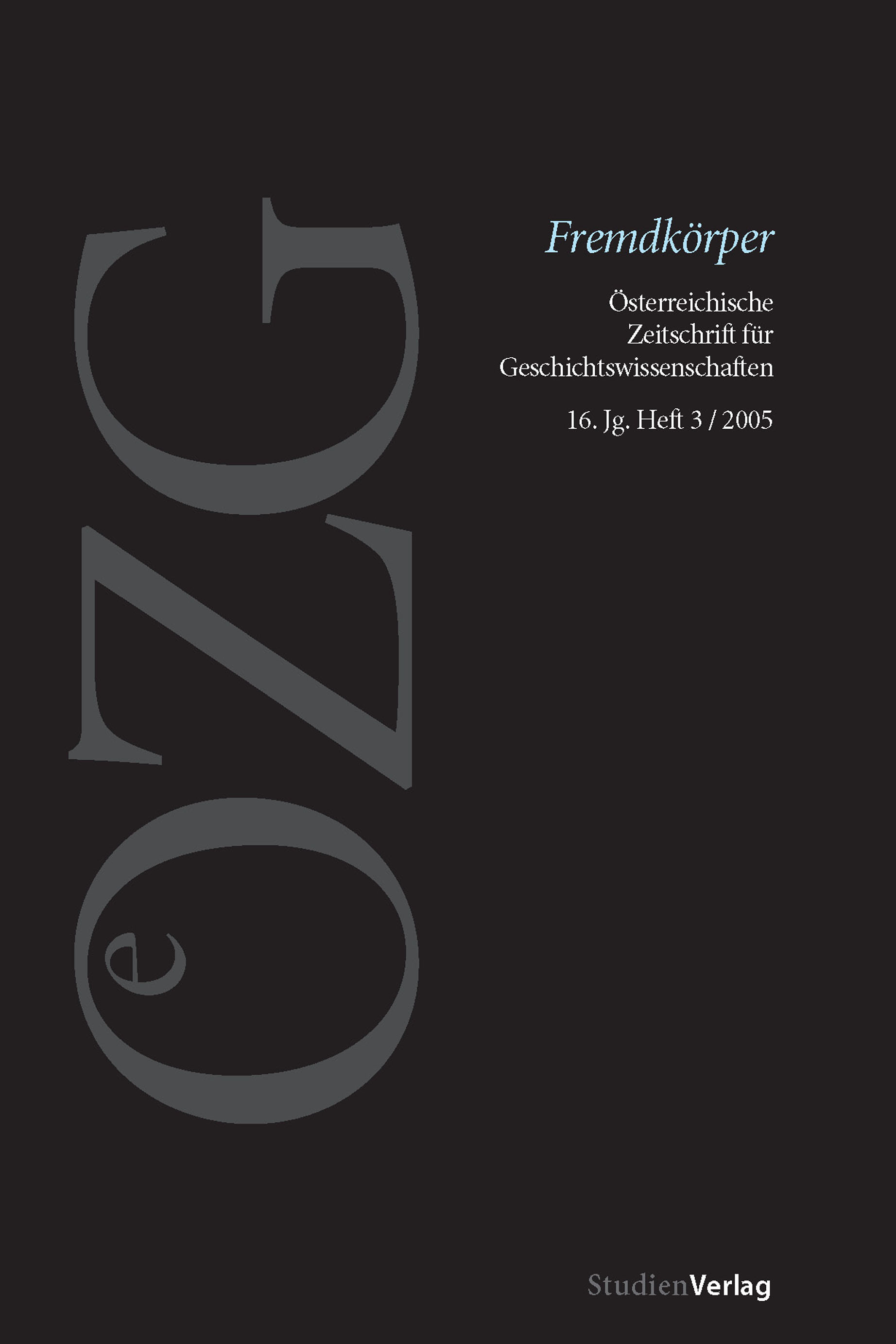»Jüdisches Blut«. Zirkulationen zwischen Literatur, Medizin und politischer Presse, 1918-1933
DOI:
https://doi.org/10.25365/oezg-2005-16-3-3Abstract
Artur Dinter’s bestselling novel The Sin against Blood from 1917 postulated a fundamental difference between »Jewish« and »German blood« and portrayed »Jewish blood« as infectious. The metaphor of »Jewish blood« did however not only circulate in literature and the popular sphere, but was also manifest in medicine in the branch of seroanthopology which dealt with the relation between blood groups and »races«. In Germany, the field of seroanthropology was particularly popular and the field was polarized between a völkisch, non-Jewish community and Jewish, liberal scientists. Both held different views about Jewish blood group distribution: While the voelkisch, non-Jewish camp argued for the same blood group distribution among all Jews, the Jewish, liberal researchers found a convergence in blood group distribution between Jewish people and their respective »host« nations. The results of blood group research also found their way into the völkisch and German-Jewish press, where the same pattern as in the scientific literature ca be observed.


